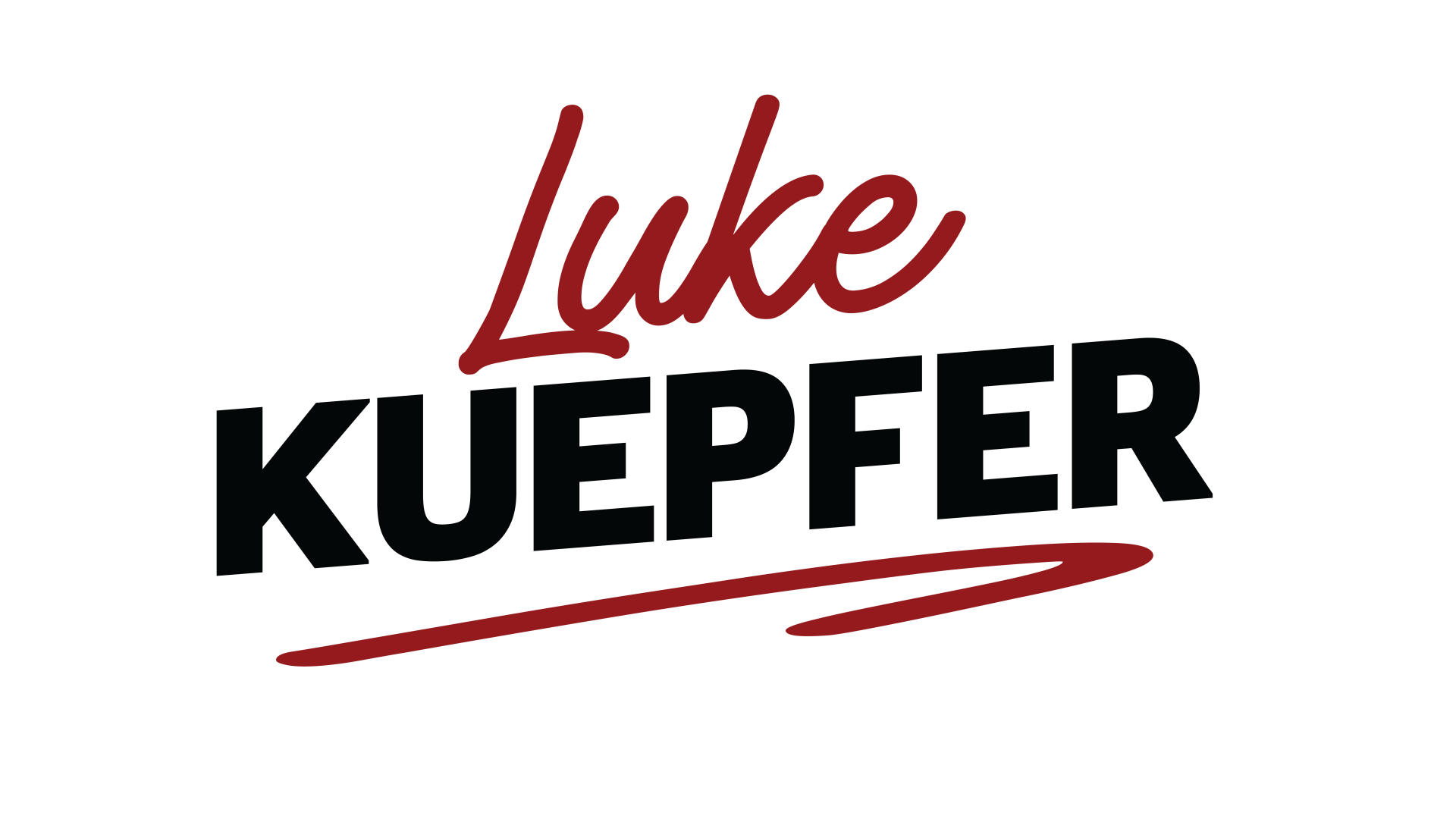Conflict Resolution: A Brief Introduction, Part 1
Not all conflicts are negative and should be resolved. Think about the building of a new worship space. Conflict can arise between those reaching for excellence and those who are concerned with stewardship. Still, others will argue for no new building at all, wishing to rent instead in order to allocate resources more missionally. Is it even possible to address everyone’s concerns in this situation? What would managing that tension look like?
Or how about the conflict between those always looking into the future versus those managing employees on the clock? Some think leadership is greater than management. But could leaders get anything done without managers ensuring there’s a process to carry out the vision? Conflicts between leadership and management will always be present, as vision and systems collide, and flexibility integrates with excellence.
Progress depends not on the resolution of those tensions but on the successful management of them. Nancy Ortberg, a consulting partner of Patrick Lencioni with the Table Group, tells about one team she consulted. A team member complained, “We never run into any tension; it’s just that we aren’t moving forward!” “Exactly!” was Nancy’s response. “That’s your problem!” In essence, they needed more conflict. Rather than embracing diversity of ideas and encouraging debate, they were more fixated on team harmony—“just keep everyone happy.”
Tension and conflicts, if managed correctly, propel us toward engagement and real solutions that have both buy-in and better results. Without friction between tires and pavement, a car cannot move forward. Without tension, motors can’t run, tools can’t fix, and rubber bands are useless. Likewise, without conflict, relationships don’t have the potential to grow or really go anywhere worthwhile.
Download My Newest E-Book!
Contact Us
Please try again later.
Free E-Books for Your Journey!
Contact Us
Please try again later.
Contact Us
Please try again later.
Invite Me to Speakat Your Next Event
Keynotes • Workshops • Business Coaching
Contact Us
We will get back to you as soon as possible
Please try again later















